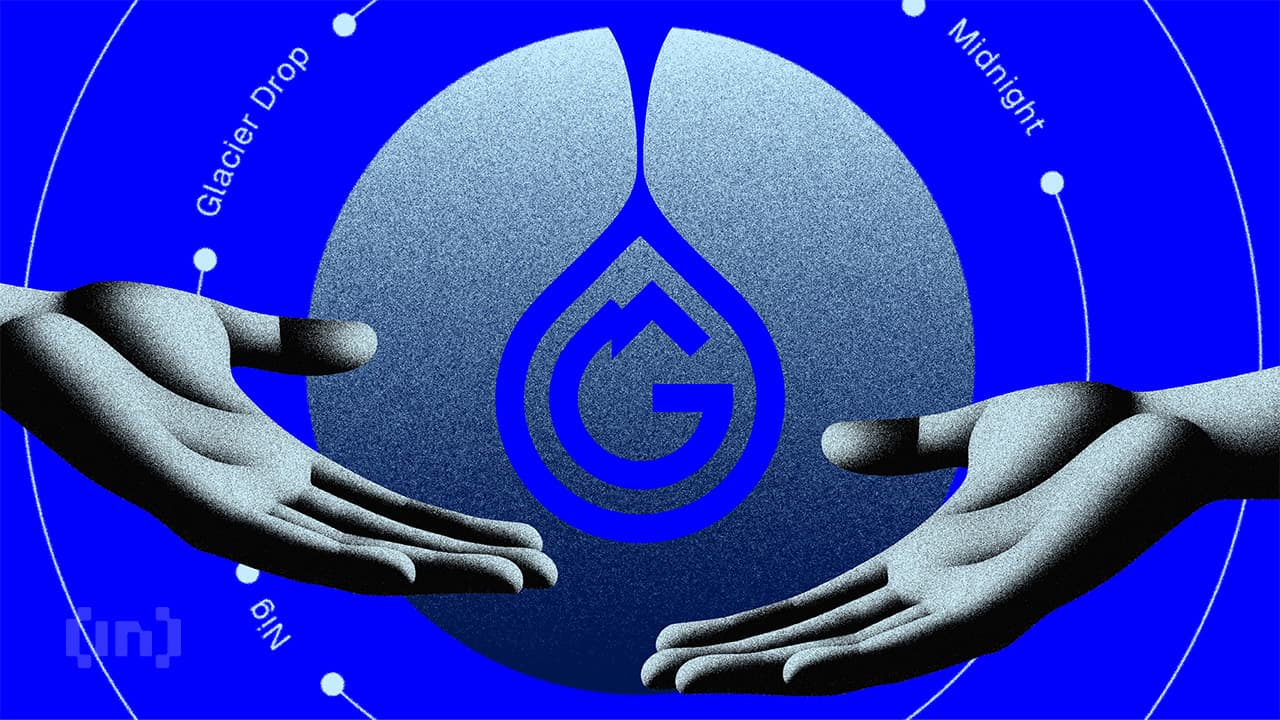Latest Crypto News
Trending now

Ripple Deepens Global Payments Alliance With Thunes
- Ripple and Thunes expand partnership to streamline cross-border payments in more than 90 markets.
- Integration with Thunes’ SmartX Treasury System enables real-time payouts in local currencies worldwide.
- Alliance bridges digital assets and traditional finance, enhancing compliance, transparency, and accessibility for global payments.

Quid Miner 2.0 Green Cloud Mining Strengthens XRP’s Ecosystem and Investor Access
The recent roller-coaster ride in the cryptocurrency market has once again exposed the gap between speculative hype and long-term financial strategy. Bitcoin soared to $124,000 in July, only to fall below $110,000 in August, while Ethereum’s scaling upgrade and the ongoing review of an XRP ETF have added new uncertainties. For many retail traders, this … Continued

US Fed to Host Conference in October, Covering Stablecoins and DeFi
- Fed conference spotlights stablecoins, DeFi, AI, and tokenization October 21, 2025.
- Waller, appointed by Trump, promotes blockchain finance and global dollar role expansion.
- Trump-era policies eased crypto banking restrictions, GENIUS Act established stablecoin regulation framework.

Trust Wallet Tokenized RWA Support: Bridging Blockchain with Traditional Finance
Have you ever thought about participating in traditional financial markets? For many users, interacting with stocks, ETFs, and other assets feels complicated and overwhelming. Opening a brokerage account, struggling with complex platforms, and facing restrictions often stops new investors from even getting started. But what if tokenized shares of companies like Apple or Tesla could … Continued

Best Crypto Platforms in the US to Watch in 2025
With so many options around, choosing the best crypto platform in the US is surely not easy. There are quite a few considerations to make — ideally, you would want to balance fees, security, choice of assets, and compliance, among other factors.
Your overall investment/trading experience and profitability depend a lot on the platform you choose, especially now with gradually tightening regulations and more mainstream adoption. This guide covers the top platforms available to you in 2025, their unique strengths, and what you should consider before making a choice.

Experts Predict Ethereum To Win Big In The New Stablecoin Economy
- Ethereum’s dominance in stablecoin liquidity positions it as the prime beneficiary of the GENIUS Act’s global adoption boost.
- Layer 2 rollups will address Ethereum’s scalability challenges, enabling efficient, secure, and low-cost stablecoin transactions.
- Institutional trust in Ethereum’s decentralization and security makes it difficult for rivals to challenge its financial ecosystem lead.

Sellers Tighten Grip on Pi Coin — Is a Breakdown Below All-Time Low Next?
- Pi Coin trades at $0.343, just above fragile $0.344 support, with risks of retesting or breaking its $0.322 all-time low.
- The Squeeze Momentum Indicator leans bearish, suggesting volatility could resolve downward, exposing holders to sharper losses.
- Weakening Bitcoin correlation leaves Pi Coin unable to follow BTC’s gains, reinforcing bearish outlook and limiting recovery potential.

Netherlands Hits OKX With $2.6M Fine Over MiCA Compliance Failures
- OKX is fined $2.6 million by Dutch National Bank for unregistered crypto services.
- Penalty covers July 2023 to August 2024, before EU MiCA framework enforcement.
- OKX resolved registration issues and migrated Dutch users to MiCA-licensed entity.

Trust Wallet Brings Tokenized Stocks & ETFs Onchain for 200M+ Users Worldwide
Trust Wallet, the world’s leading self-custody Web3 wallet with over 200 million users, today announced the launch of tokenized real-world assets (RWAs)—unlocking seamless access to tokenized versions of U.S. stocks and ETFs for users around the globe*. Users can now discover, hold, and swap tokenized RWAs* that track the prices of leading equities and major … Continued

Billionaire Warns: Trump’s Fed Interference Will Trigger Dollar Crash
- Ray Dalio warns US politics may cause long-term bond yields to spike and weaken the dollar.
- He argues that Federal Reserve independence is at risk, undermining confidence in the US dollar.
- Long-term bond yields and gold prices are already surging, with Bitcoin potentially following.



